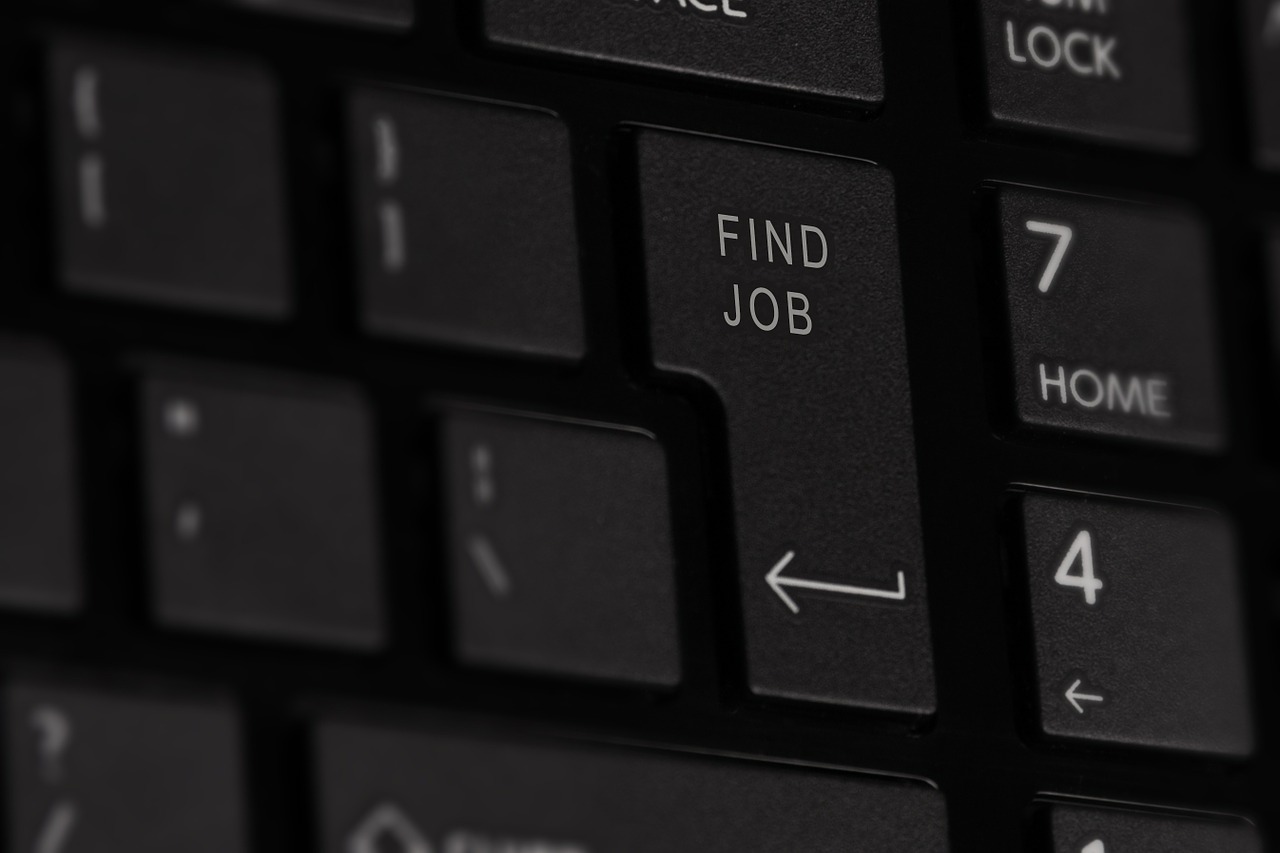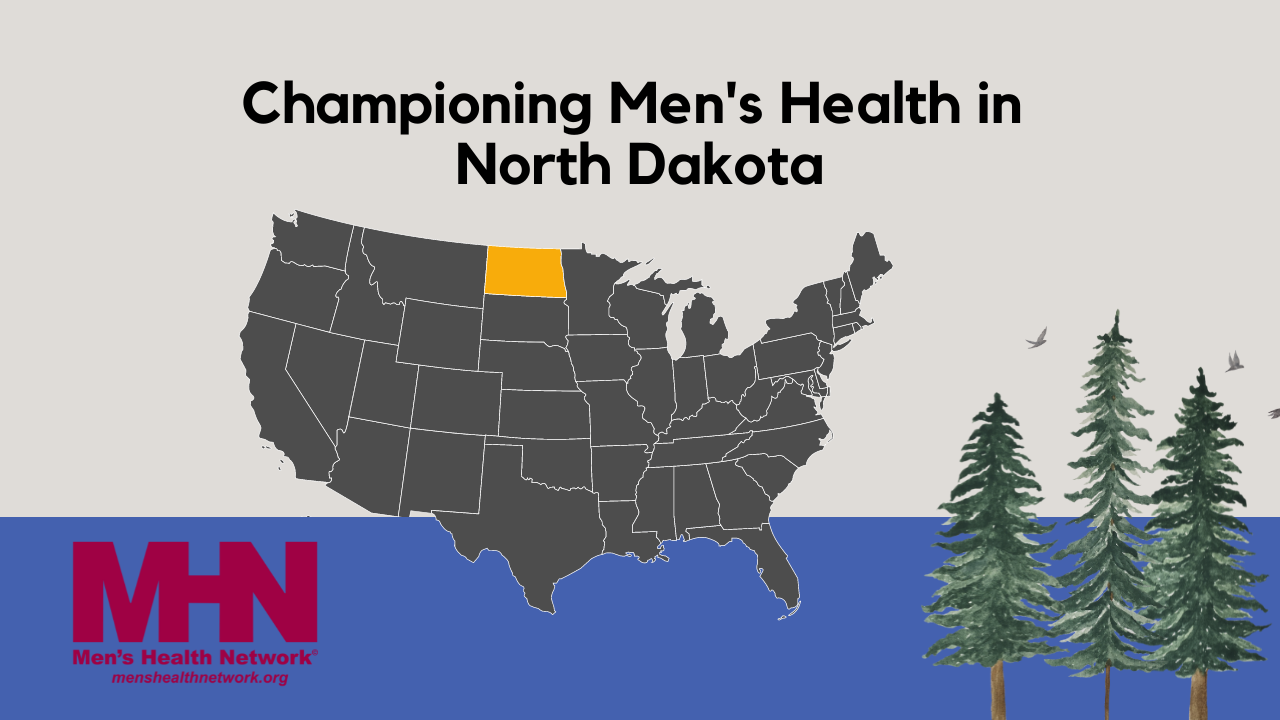It’s been a decade since Lehman Brothers collapsed, careening America deeper into the Great Recession that led nearly nine million Americans to lose their jobs. Although the official unemployment rate is low, the proportion of men who were working last month was actually four percentage points lower than it was a decade ago, according to the Federal Reserve Bank of St. Louis.
I talked to hundreds of men, as well as women and many types of practitioners for my new book, Man Out: Men on the Sidelines of American Life, to understand who these men are, why this has happened, and what are the many ills associated with not working.
It’s not news that the percentage of men working has been declining for decades. The rate for women, which had steadily increased until 2001, is now three percentage points lower than at its peak. However, its not widely known that these men are part of four very different, albeit sometimes overlapping, populations.
Working class white men, often without decent (or any) jobs, have been endlessly discussed as the constituency that propelled Donald Trump to the White House. Nonetheless, low labor force participation rates—the term of art used by economists—also are true among Millennial men, over-50 middle and upper-middle class men, and formerly incarcerated men.
So, tossing aside the rather meaningless and outdated “unemployment rate,” the real numbers are more ominous: About 13.5 million men between 25 and 64 years old have no jobs and don’t necessarily want one, and as many as 20 million men between 18 and about 70 are neither in school nor retired nor working.
Take Hank, a middle-aged man in the Southeast who had a successful business and many extramarital relationships. As his business started to go downhill and his wives and girlfriends left him, he became progressively angrier—abusive toward his children and even using his shotgun to kill a dog. He disappeared into rural Appalachia, living with his elderly father.
Hank fits the mold of many “Trumpian” men, but then there are guys like Yates, a former partner in a Northeastern law firm who quit his job in his 40s. Although he became a good stay-at-home dad, he did not look for work, depending on his soon-to-be ex-wife’s income. He got in trouble with the IRS, abused prescription drugs, became addicted to pornography, and his wife divorced him. He is one of many in the well-educated, relatively well-to-do category.
Did these men drop out or were they pushed out of the workforce? This is hotly debated, as progressives cite stagnant male wages, automation, and outsourcing “pushing” them out. Conservatives tend to see a moral dimension: The work ethic has declined, men have “dropped out,” and they turn to government benefits, wives, and families to support them.
Mark, a young man in Arkansas, repeatedly dropped out of college and repeatedly quit the odd jobs that he took. Like Mark, Ben, a 20-something in Maine, lives with his parents, who “scream and yell about what will become of me,” he said. He spends his days on the Internet or playing his musical instruments.
Both are among approximately 35 percent of American men between the ages of 18 and 34 living with parents or relatives, some not working, some with bad jobs. These guys may never get on a career track and many don’t get married. Fewer than 80 percent are in the labor force, compared to about 88 percent of men between 35 and 54. Are they the long-term victims of the Great Recession? Have they “failed to launch”? Are they immature and irresponsible, feeling entitled to live at home, with their mothers doing their laundry and serving them breakfast.
Finally, there are men like Jack, who was released from a New York prison at age 51 after spending 15 years behind bars. Having lost many of his prime working years, he looks for jobs without success. Thanks to decades of mass incarceration policies, he is one of at least 17 million formerly incarcerated men in the United States. Despite “ban the box” laws requiring employers not to ask potential employees if they were ever in prison, it is easy for human-resources departments to discover these men’s past. As Jack said, a company that had posted a job opening found about his record and told him, “We’re not really looking for anyone.”
With the United States having one of the lowest male labor force participation rates among rich countries, the consequences are many. Economically, it means lost output, lost tax revenues, crime, and government spending on programs like Social Security Disability Insurance, food stamps, and Medicaid. It also has deep psychological and social costs, with increased suicide and deadly substance abuse, anger, loneliness, babies born out of wedlock to so-called “fragile families,” and scarred wives, children, and parents.
We generally don’t think about these “men out,” as many are hidden from view. On the policy side, we need to equalize access to a good education, increase training and apprenticeships, raise wages or provide wage subsidies, and expand unemployment insurance and other parts of our safety net. Culturally, we need to strengthen the work ethic and responsibility (particularly for children) and reduce the tolerance, in society and popular culture, for “bad” behavior. We cannot descend into the maelstrom that Roman historian Livy called a time “when we can endure neither our vices nor their cure.”




